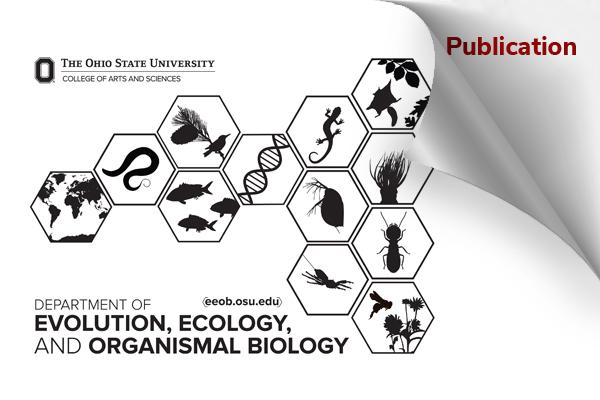EEOB Publication - Hovick

Integrating the disconnected: enhancing wetland restoration by uniting invasive species management and native revegetation
Carrie Reinhardt Adams, Stephen M. Hovick, Karin M. Kettenring. DOI: 10.1111/rec.70097
Abstract
Restoring plant-invaded ecosystems is a significant challenge for global efforts to restore ecosystem function. In theory and in practice, restoration of plant communities is commonly divided into two distinct steps: management (reduction of invaders) and revegetation (establishing desired native plant communities). Despite both being grounded in ecological principles and contributing to ecosystem recovery, the disconnect between management and revegetation likely results in reduced restoration success and highlights the need for integrated approaches that “de-silo” invader management and revegetation. Each practice has a unique history and context and is typically implemented at different spatial and temporal scales. Still, by reviewing the literature on these topics, we demonstrate how lessons learned from management and revegetation can be used to improve each other. We focus on wetlands, which provide critical ecosystem services but are comparably under-researched, limiting wetland-specific, science-based restoration guidance. Extrapolating from research and practice in terrestrial ecosystems, as is often done, is complicated by the unique characteristics of wetlands, including the predominance of long-lived, habitat-forming perennials and persistent invasions. We argue that by integrating management and revegetation using common ecological principles, restoration outcomes can be improved and operational efficiencies gained. These insights also apply to other invaded ecosystems, where integrating management and revegetation will help meet restoration goals.
